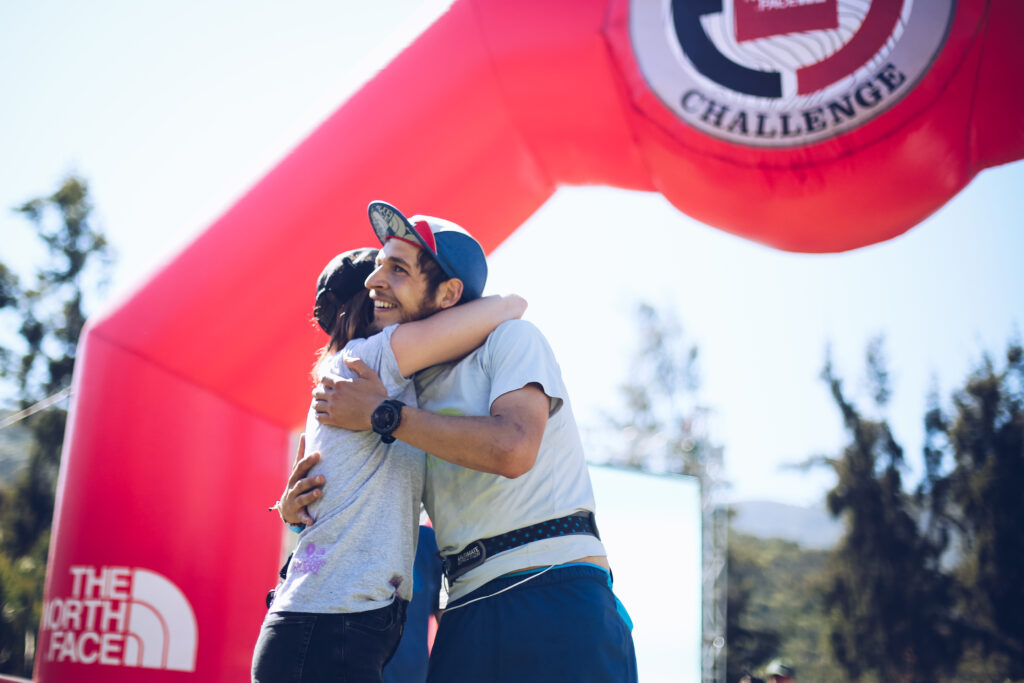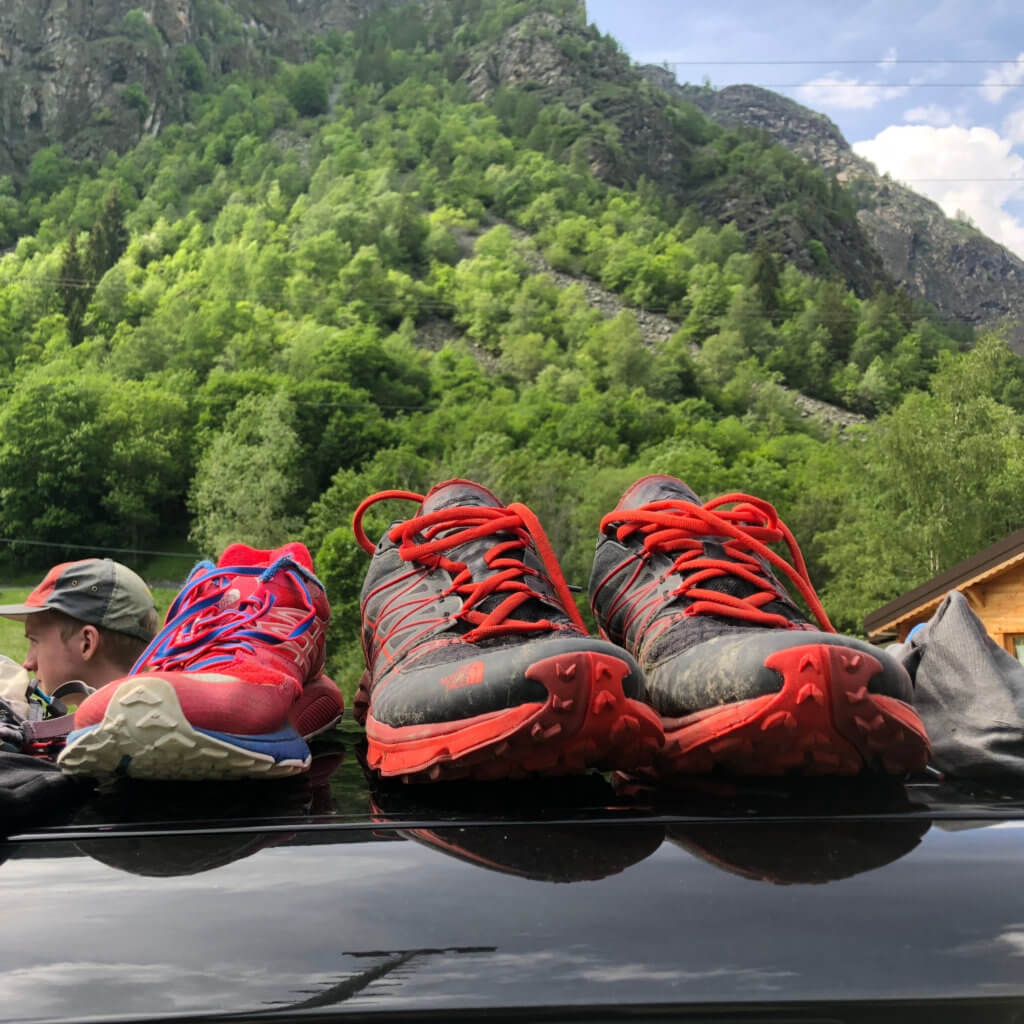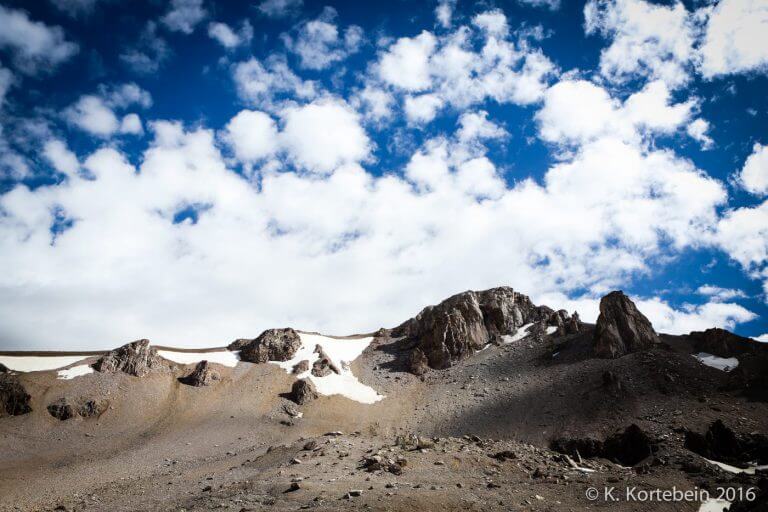Considerable time and research went into the purchase of your latest shoes. You’ve worn them kilometer after kilometer, on all kinds of trails, maybe in all kinds of weather.
They have protected you from the worst of the trail and proven to be value for your money.
Now, though, when you get home and take your shoes off, maybe your feet and legs feel a little more tired. It seems like the trail feels a little more rough lately.
You wonder if the shoe’s cushioning is starting to go. You press your finger into the cushioning and it seems fine.

Train for your next trail race with Vert.run
Whether you’re chasing a new distance or just want to feel stronger on the trails, Vert.run has training plans built by expert coaches—designed for real life.
Then you take a look at the outsole and other than being dirty, it basically looks the same as it did when you bought them.
Plus, you let your shoes dry completely and you don’t wear them when you are running errands or around the house, so why can’t you squeeze another 100 miles out of them?
Maybe you could.
There are runners in my running group who claim to have worn their trail running shoes for 600 miles or more. And these people are serious runners who crew for sponsored runners in difficult trail and mountain races.
If it works for them, right?
Let’s look at the reasons why it might be time for you to get some new shoes. Every runner is different and your mileage will vary.

Guidelines Not Rules
There are no set-in-stone rules for when you should replace your shoes.
Your reaction will be different from that person you are running alongside.
As always, it’s a good idea to talk to an expert, like a Vert.Run coach, for instance. Or someone who works at a local running store and knows trail shoes and your local trails. Or a healthcare provider.
There’s a guideline on the internet of needing to change your running shoes every 300 miles or so.
As far as I can tell, this number isn’t from a double-blind, peer reviewed study. It seems to be a general recommendation. And, like most general guidelines, it should be adapted to circumstances.
But ultimately, while you should seek out as much advice from qualified people as you can, the decision is yours. You’re the one wearing the shoes.
You’re the one putting in the mileage every week. No one knows your body and your shoes like you do.

Let’s discuss a few questions.
How are your feet, legs, and body feeling on the trail?
This may well be where you first start to notice that something has changed. Maybe you are feeling the trail more under your feet. Maybe your shoes feel heavier during the run or your pace is slightly off.
How are you feeling after a run?
Tired, probably, maybe a little sore, but here we’re talking about your legs and feet. Are your feet and legs more weary than usual, given the distance and difficulty of the trail? Does it take you longer to bounce back?
Do your shoes look any different?
This one is tricky because how the shoes look may matter. Maybe your outsoles are showing signs of wear or your midsoles are creased? Or maybe they aren’t worn or creased. In fact, your outsoles not only look fine, but they feel about the same as they did when you took them out of the box.
And with a good cleaning the uppers will look as good as they did on day one. The midsoles are a little wrinkled but it’s not
nothing, right? It’s not nothing, but it’s not necessarily something either.
These visual signs of wear are important to pay attention to. Are there deep lines in your midsole sidewalls? On your outsoles, are your treads noticeably flattened? Are your lugs torn?
Train smarter for only $19/month with VertPro—unlock unlimited adaptive plans, daily advice, and progress tracking! 📊🔥

These are signs of wear to pay attention to, but modern material technology means there are other issues that may matter more.
Like cushioning.
The chance is that your shoe will lose cushioning before you see signs of outsole wear.
Again, if you have questions, talk with your coach, someone at a local running store, or a fellow trail runner who seems to know what they are talking about. There are also DIY ways to measure how much “compression loss” has occurred that you can find on the internet.
If you have the means, the time, and the wherewithal to do this, more power to you. Let me know how it goes, I’m genuinely curious to hear about it.
One less precise but easy way to get an idea about your shoe’s compression is to find out what happens when you push a finger into the midsole? Does it bounce back?
If it doesn’t, this might suggest the shoe is losing compression. Again, this is advice from a fellow trail runner, take it for what it’s worth.

Other Factors
Now, if you wear minimalist trail running shoes, a factor to pay attention to seems to be wear on the outsole, as compression loss isn’t as much of an issue.
I don’t wear this type of shoe, so I can’t speak from experience with them. I tend to go with how my shoes and legs are feeling during and after a run.
There are other factors that influence the life of your trail running shoes, such as what type of trails you run on and your body type.
Let’s be forthright about it – runners who weigh more are likely to go through their shoes faster.
Compression is compression – there’s no statement here beyond that.
Someone who is 2 meters tall (around 6 foot 6 inches) and weighs 95 kilos (210) pounds is going to put more force on their shoes than someone who is 1.8 meters (5 foot 10 inches) and weighs 80 kilos (175 pounds).
That’s just physics.
The terrain you run on also influences the life of your shoes. Rocky, challenging trails and terrain are likely to wear your shoes down more than flatter trails.

Maximizing Your Shoe’s Life
As we noted, you spent a lot of time and money choosing these shoes. They fit you well and you’d like to keep them for as long as possible. So what can you do to make this happen?
- Clean and Dry Your Shoes
- Rotate Pairs
- Track Your Mileage
- Don’t use them for anything else
There is nothing unusual about these ideas. There are many other possible ideas also.
Train smarter for only $19/month with VertPro—unlock unlimited adaptive plans, daily advice, and progress tracking! 📊🔥
Clean your shoes after a run, let them dry out, and store them out of the sun. You probably already do this. If you don’t, please start. Your shoes will thank you and those you live with will thank you for cutting down on the odors from your wet, dirty, stinky running shoes.
If you can swing it, have a second pair of trail running shoes and alternate them. Maybe one pair for technical trails and one for less technical routes.
Or a pair for when you run on hybrid road/dirt trails and one for technical trails. The specifics don’t matter as much as extending the life of your shoes.
Which leads to the third point – track your mileage for each pair. There are plenty of free apps that will give you a good approximation of how many miles you’ve put in.
Note that I wrote “approximation.” No app is 100% accurate, but this data combined with how you feel physically and signs of wear will give you a good idea where you are in the life of your shoes.
For instance, I am well over 250 miles on both of the shoes in my rotation and noticing that I’m a little more sore than I used to be with one of them in particular.
The fourth point is only wear your trail running shoes for trail running.
The cushioning appropriate for trail running only lasts so long. Maximize that time by keeping your trail running shoes for trail running. Don’t wear them to run errands or garden, for example.
But you don’t need to toss your trail running shoes after you stop wearing them on the trail. After you’ve reached the point where your shoes aren’t working for the trail any longer, you can wear them to walk the dog or get groceries or whatever.
Check in with your coach if you are noticing that you are more sore after a run – their expertise
can guide you in the right direction.
Tony Edwards is a writer and trail runner in Northern California. You can read his Substack on trail running here.

Train for your next trail race with Vert.run
Whether you’re chasing a new distance or just want to feel stronger on the trails, Vert.run has training plans built by expert coaches—designed for real life.







